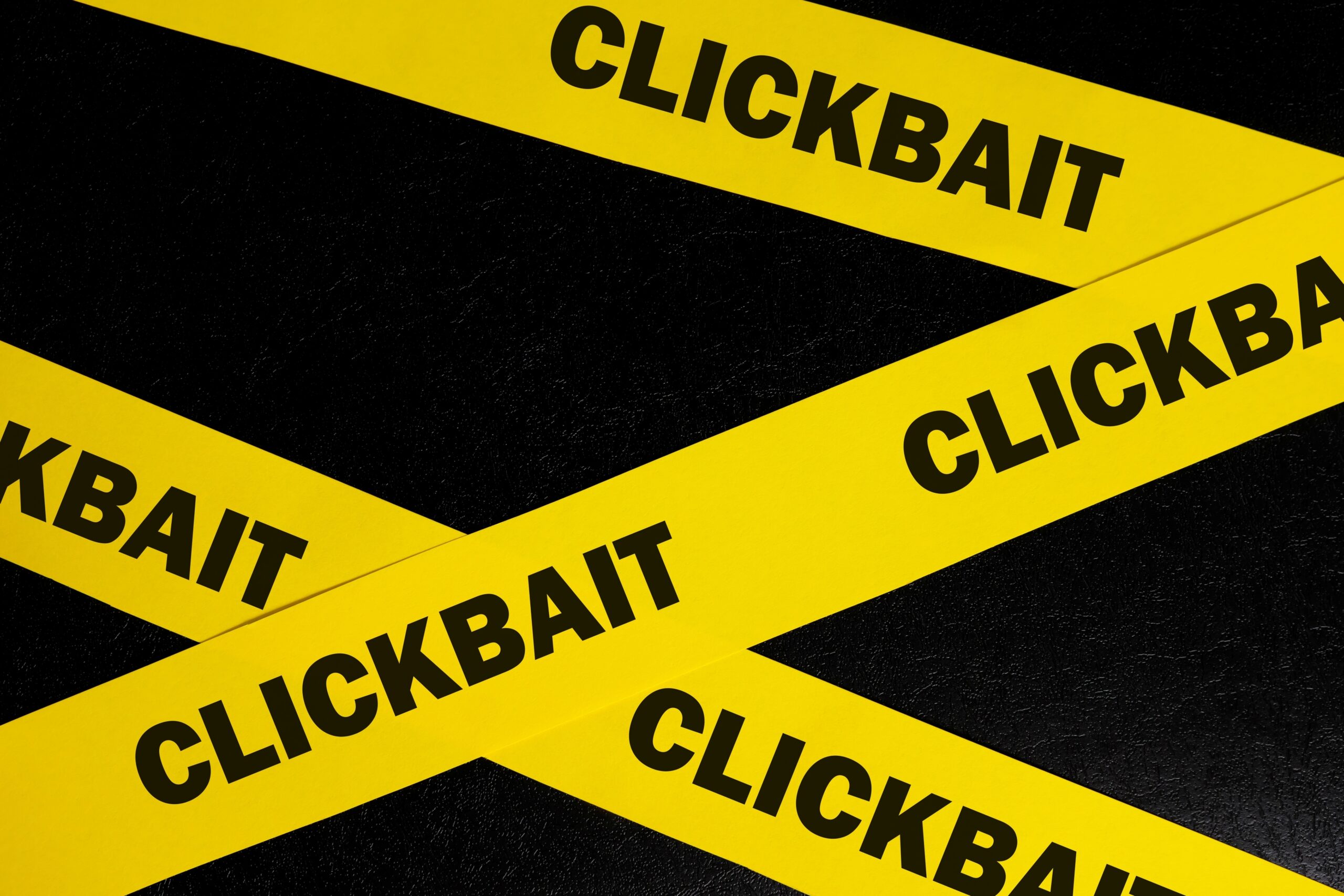‘Eat This, Not That’ knows nothing about the healthiest fish to eat
Consumers looking for information on the healthiest fish to eat, be warned: read this, not that.
Laughably, Eat This, Not That touts itself as “the definitive resource for smart nutrition,” among other claims. A quick glance at its website and you’ll realize this is not just an overstatement, it’s a joke.
NFI has addressed Eat This, Not That several times for fish falsities, yet the click bait engine continues unabashed. When did “smart nutrition” take into consideration clicks and ad-money over research and sound science?
This week’s occurrence of an Eat This error lists salmon, tilapia, and canned tuna as some of the “Unhealthiest Proteins on the Planet.” No one who’s ever been within a mile of published, peer-reviewed nutrition science could even read that allegation with a straight face.
All salmon are the healthiest fish to eat
To begin, Eat This reports that salmon is healthy only if it’s wild-caught. Is wild salmon healthy? You bet it is. But here are some real nutrition authorities that beg to differ with the suggestion that you avoid farmed salmon:
- A USDA study published in the Journal of the Academy of Nutrition and Dietetics “… showed that consuming farm-raised salmon was an excellent way to increase omega-3 fatty acids in the blood to levels that corresponded to reduced heart disease risk.”
- Dr. Sanjay Gupta participated in a 6 month expose about salmon for 60 Minutes, where he concluded there is no health difference between farmed and wild salmon. He noted the carotenoids that salmon normally ingest in the wild are added to their feed when they’re farmed, giving them their pink color. Saying they are “dyed” pink is not accurate.
Ironic Attributions
To add to the irony of Eat This’ belief that they are a legitimate nutrition resource, they attribute their claims about salmon not to a published paper, a government study, or a scientist… but instead to hyperlinks that take you back to their own misinformation. How’s that for credible sourcing?
Eat This turns to tilapia, alleging all kinds of disaster based on, you guessed it, their own articles chock-full of hyperbole. Why educate consumers about real nutrition backed by science, when you can shamelessly self-promote your own clickbait?
Lastly, Eat This states that albacore tuna can have almost triple the levels of mercury of other tuna species. Shockingly, they get close to reporting a real fact, but forget to include the rest of the context around it. According to the FDA, albacore tuna has 0.3ppm of mercury and light canned tuna has 0.1ppm of mercury. The FDA’s limit for mercury in seafood is 1.0ppm, with a ten-fold safety-factor built in. Meaning the real upper limit is 10.0ppm. To further canned tuna’s mercury content in perspective, if the FDA’s limit was a 55mph speed limit, albacore tuna is driving at 1.65 miles per hour and light canned tuna is driving at little more than half a mile per hour. Clearly, both are not even close to levels of concern and the FDA recommends eating both, even for pregnant women.
Setting the record straight
Fish contain high quality protein, copious vitamins and minerals, omega-3 fatty acids, are low in saturated fat and are associated with an array of health benefits, including a lower risk of depression, heart disease, and memory loss. Real nutrition authorities consider seafood among the healthiest foods on the planet, and encourage Americans to eat it more often.
Eat This wrongly suggests that nutritious, affordable, and accessible seafood sources like canned tuna, tilapia and farmed salmon should be avoided… when in reality they’re among the healthiest fish to eat. This isn’t an inconsequential error. Unnecessarily scaring consumers away from seafood contributes to an ongoing public health crisis that contributes to 84,000 preventable deaths each year according to Harvard University research. Keep in mind, the Dietary Guidelines for Americans 2015-2020, produced by the U.S. Department of Agriculture, recommends Americans eat at least 2 servings of seafood per week. Additionally, the American Heart Association recommends eating fish at least twice per a week. Unfortunately, research shows only 1 in 10 Americans meet the recommendation of eating seafood at least twice per week.
Real experts and authorities in the nutrition and public health space encourage Americans to eat more seafood, and educate consumers about the healthiest fish to eat. “Smart nutrition” is listening to the them, not that.


